MARBLE DEFINITION, TYPES, USES, AND FACTS
TAGS: Marbleflooring, Marbledesign, Marbledecor, Marblefacts
Marble Definition, Types, Uses, and Facts
DEFINITION
Marble, granular limestone, or dolomite that has been recrystallized under the influence of heat, pressure, and aqueous solutions. Commercially, it includes all decorative calcium-rich rocks that can be polished, as well as certain serpentines. Petrographically marbles are massive rather than thin-layered and consist of a mosaic of calcite grains that rarely show any traces of crystalline form under the microscope. They are traversed by minute cracks that accord with the rhombohedral cleavage of calcite. In the more severely deformed rocks, the grains show stripes and may be elongated in a particular direction or even crushed.
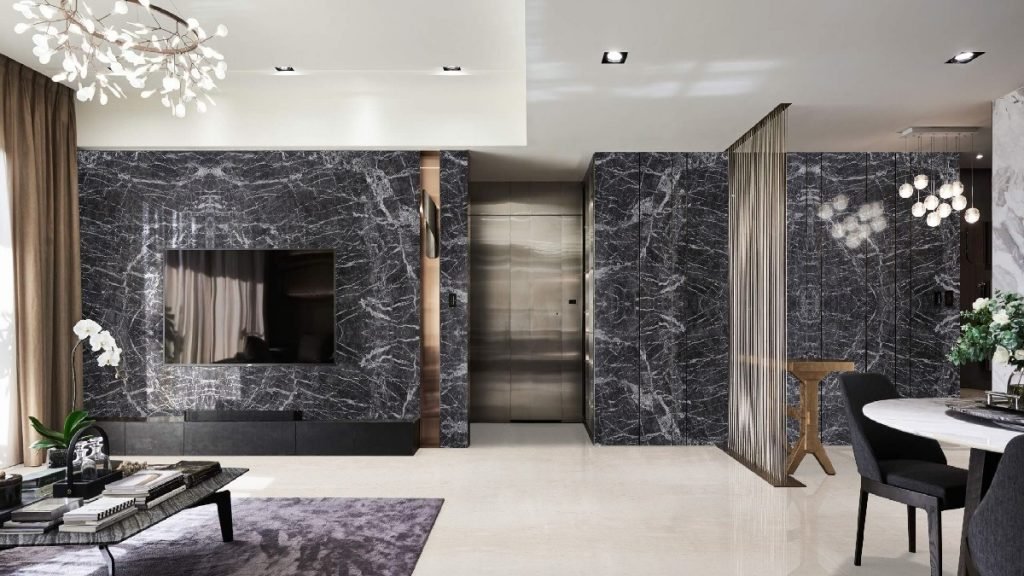
Marble often occur interbedded with such metamorphic rocks as mica schists, phyllites, gneisses, and granulites and are most common in the older layers of Earth’s crust that have been deeply buried in regions of extreme folding and igneous intrusion. The change from limestones rich in fossils into true marble in such metamorphic regions is a common phenomenon; occasionally, as at Carrara, Italy, and at Bergen. Most of the white and gray marble of Alabama, Georgia, and western New England, and that from Yule, Colorado, are recrystallized rocks, as are a number of Greek and Italian statuary marble famous from antiquity, which is still quarried.
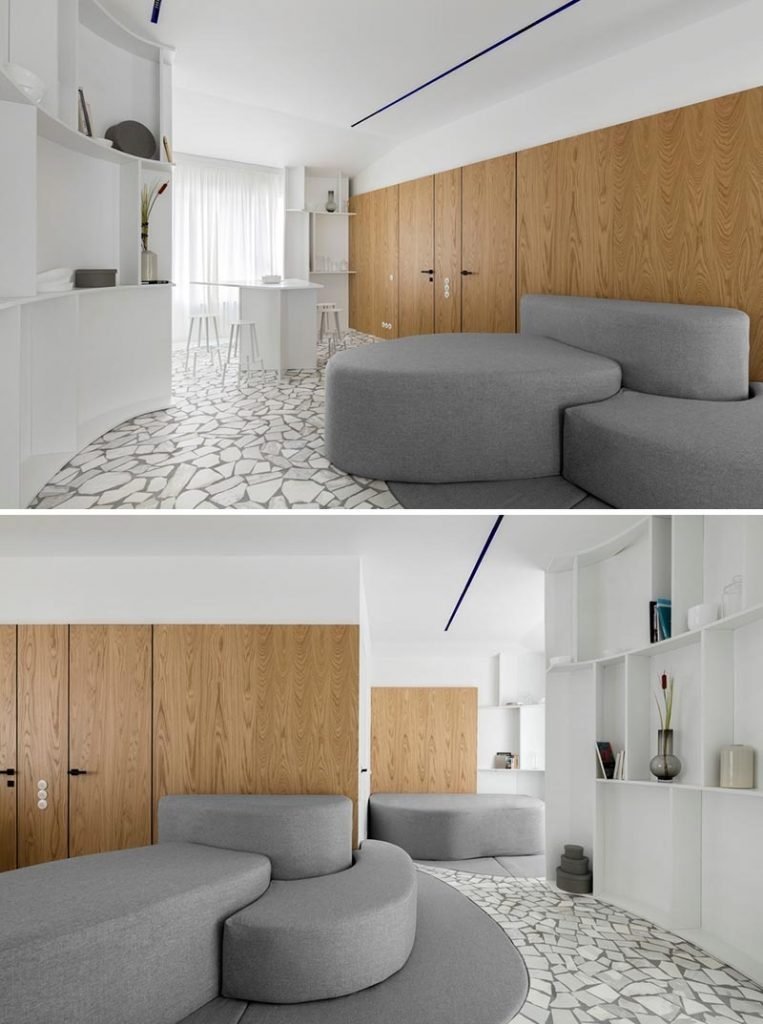
Even the purest of the metamorphic marble, such as that from Carrara, contain some accessory minerals, which, in many cases, form a considerable proportion of the mass. The commonest are quartz in small rounded grains, scales of colorless or pale-yellow mica, dark shining flakes of graphite, iron oxides, and small crystals of pyrite. Marble contains other minerals that are usually silicates of lime or magnesia. Diopside is very frequent and may be white or pale green; white bladed tremolite and pale-green actinolite also occur; the feldspar encountered maybe a potassium variety but is more commonly plagioclase such as albite, labradorite, or anorthite.
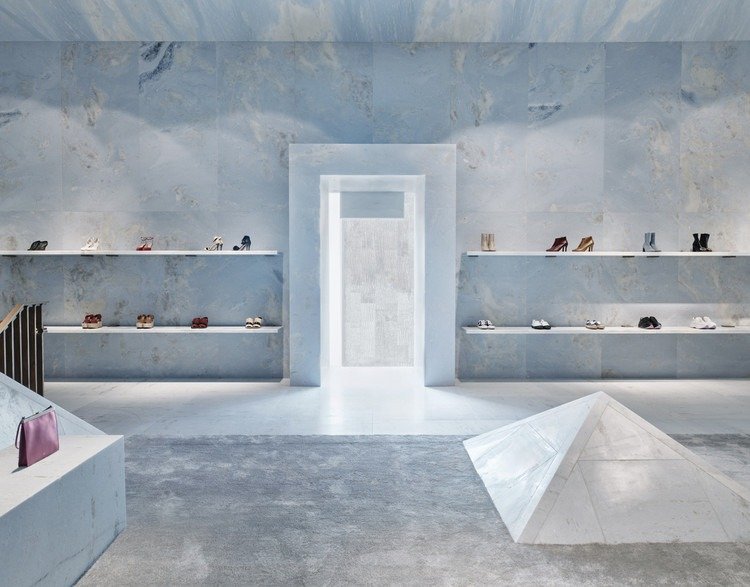
TYPES:
White Statuario marble:
Bold and beautiful white Statuario marble is the owner’s pride.
White Statuario Marbles are Bold and Beautiful and used for Flooring Elevation Decoration countertop and wall in interiors as well as exteriors. White Statuario marble comes with gray lines and pure white background color and it has nice look, long-lasting, fine grain, most attractive, most precious, just like “Kohinoor in Marble” durability and strength. Statuario marble is the most exclusive stone with distinct gray and gold veining throughout and a striking, bold, and beautiful pattern. This marble is considered to be the most pretty white marble. Statuario marble contains heavy, bold gray veining mixed with thinner patterns with a shiny white background.
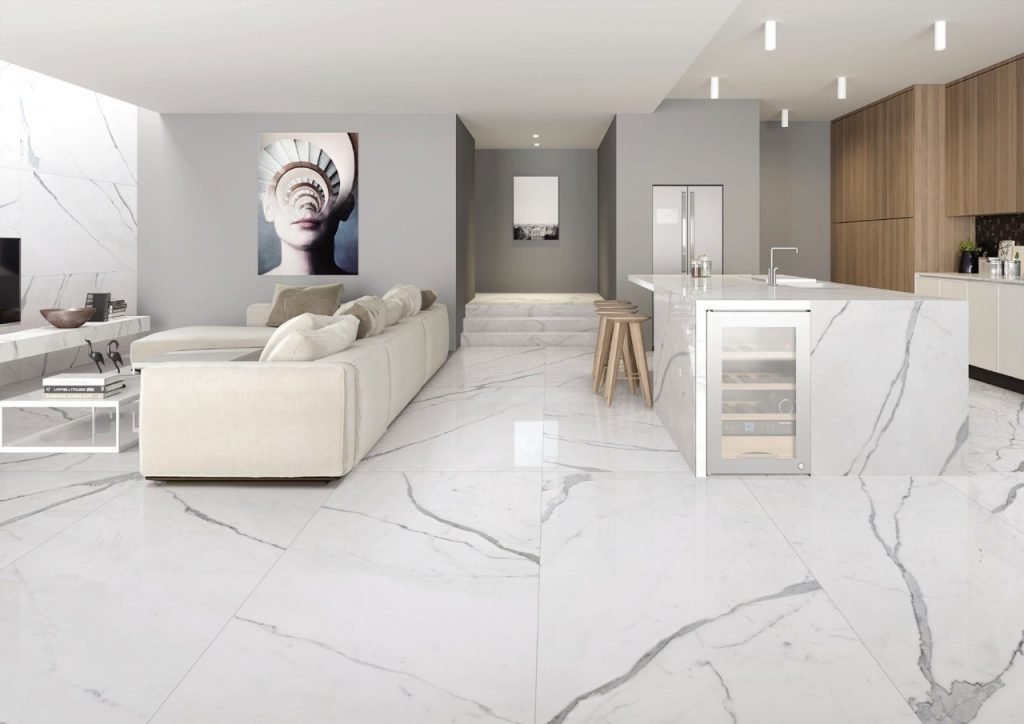
Calacatta marble :
Calacatta marble just like a dream of a beautiful home, music is coming from the floor and marble is dancing in the golden and gray pattern, just like a poem of point or glory of Nature. Calacatta Marble is a premium quality Natural stone also famous as Calacatta Gold Marble. It is an imported marble from Italy having origin Apuan Mountains near Carrara. This beautiful marble is a category of calcium with a crystalline structure and a dramatic figure.
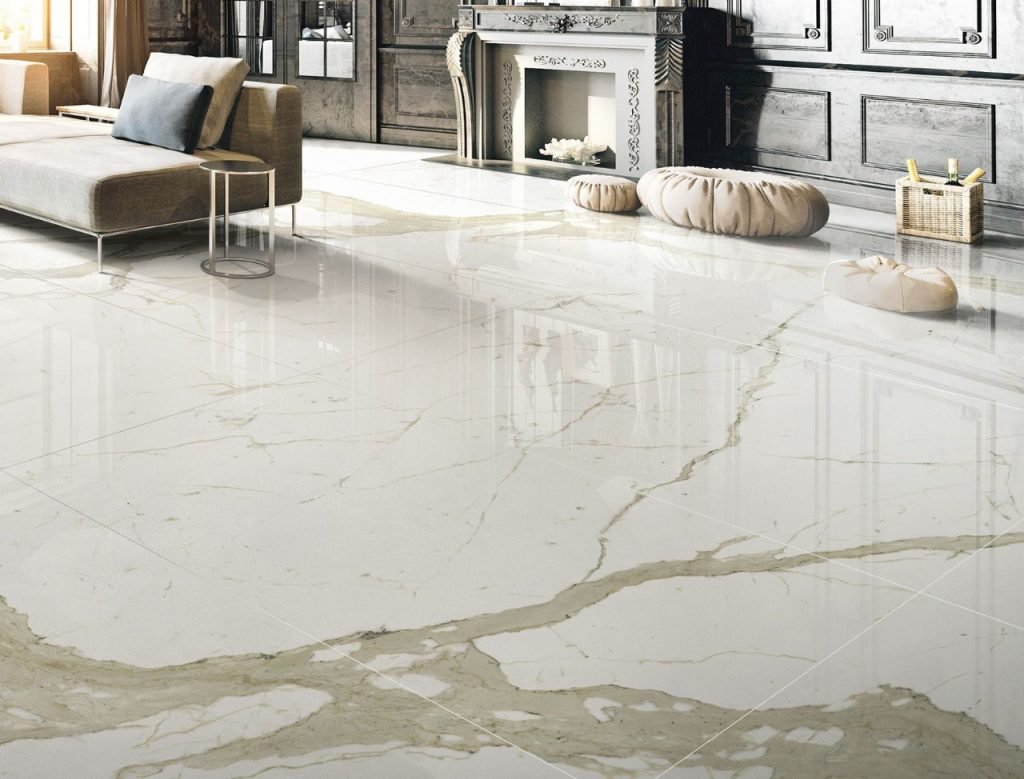
Carrara white marble:
Carrara White marble is one of the most common marbles in the world. Carrara white marble has been quarried in Carrara in Italy for centuries, due to its more white-gray background and soft gray veins. It is a good stone perfect for any project.
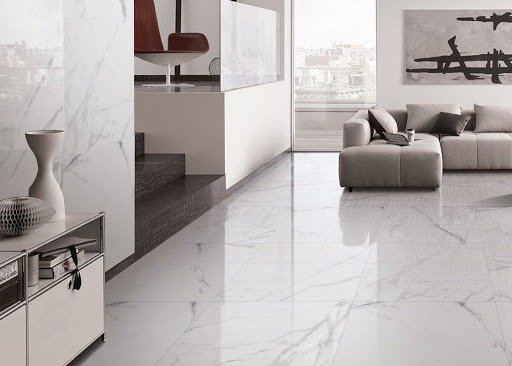
Venatino white marble;
Vanetino White Marble is D grade, White Italian Marble, with grey tone(texture on it. This marble is widely used for the Flooring Elevation Decoration and countertop of every corner of the home. Valentino White Marble is available in White color and more busy gray lines and this marble is popular among builders and budget projects. Valentino White Marble looks like Carrara marble in durability and finish. We can say that Italian marble gains a Gold medal in white marble in India and World.

FACTS
These minerals represent impurities in the original limestone, which react during metamorphism to form new compounds. The alumina represents an admixture of clay; the silicates derive their silica from quartz and from clay; the iron came from limonite, hematite, or pyrite in the original sedimentary rock. In some cases, the original bedding of the calcareous sediments can be detected by mineral banding in the marble. The silicate minerals, if present in any considerable amount, may color the marble; e.g., green in the case of green pyroxenes and amphiboles; brown in that of garnet and vesuvianite; and yellow in that of epidote, chondrodite, and titanite. Black and gray colors result from the presence of fine scales of graphite.
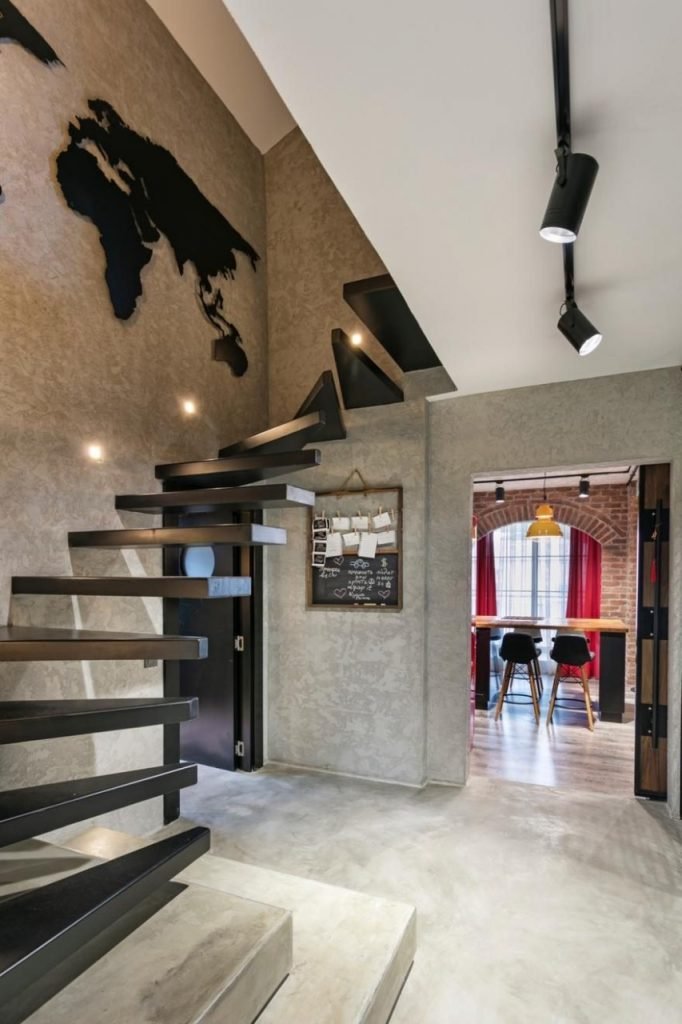
Later physical deformation and chemical decomposition of the metamorphic marble often produces attractive colored and variegated varieties. Decomposition yields hematite, brown limonite, pale-green talc, and, in particular, the green or yellow serpentine. Earth movements may shatter the rocks, producing fissures that are afterward filled with veins of calcite; in this way the beautiful brecciated, or veined, marbles are produced. Sometimes the broken fragments are rolled and rounded by the flow of marble under pressure.
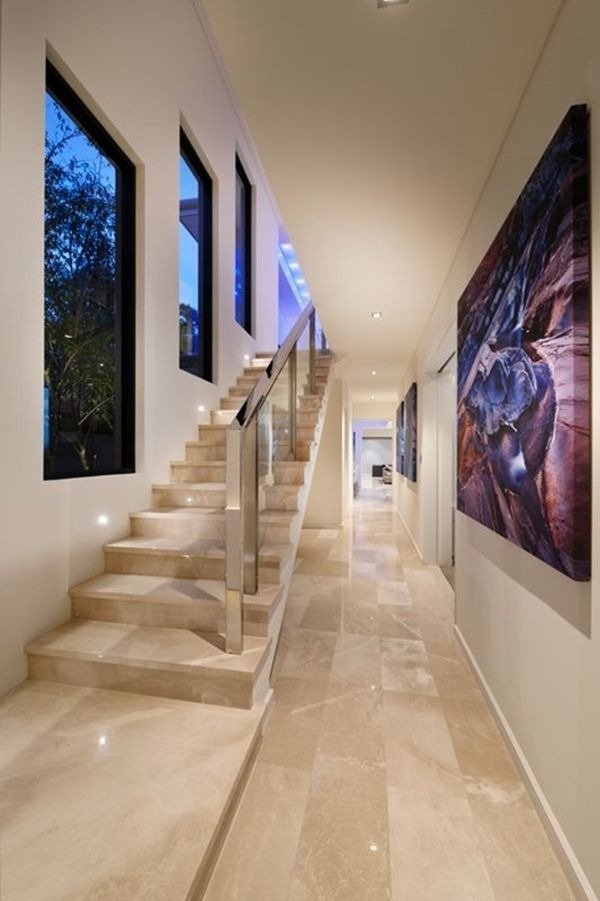
USES
The so-called onyx marble consists of concentric zones of calcite or aragonite deposited from cold-water solutions in caves and crevices and around the exits of springs. They are, in the strict sense, neither marble nor onyx, for true onyx is a banded chalcedony composed largely of silicon dioxide. Onyx marble was the “alabaster” of the ancients, but alabaster is now defined as gypsum, a calcium sulfate rock. Unmetamorphosed limestones showing interesting color contrasts or fossil remains are used extensively for architectural purposes. They were a favorite material of medieval architects and may be seen. Black limestones containing bituminous matter, which commonly emit a fetid odor when struck, are widely used.
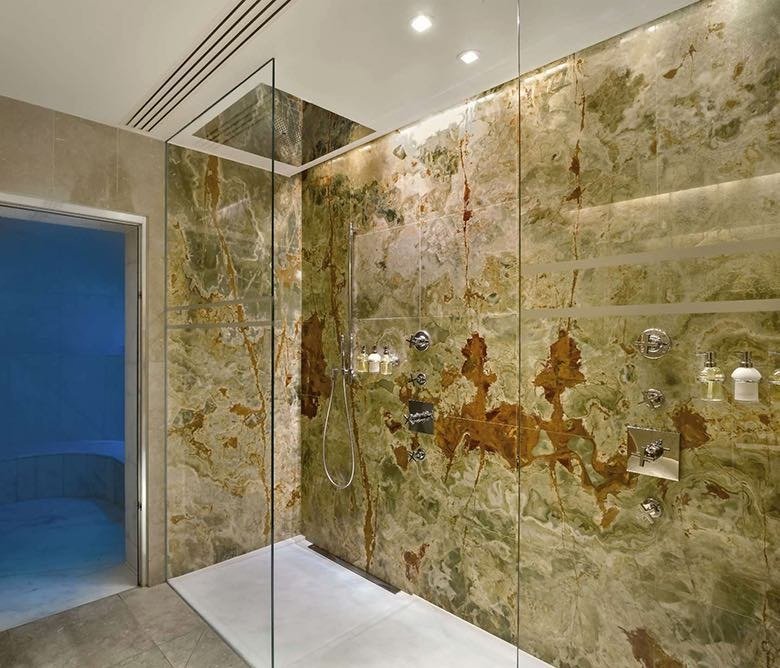
INDIA’S TOP AND WORLD’ BEST MARBLE, GRANITE AND STONE COMPANY
CATEGORIES: MARBLE TYPES, MARBLE DEFINITION, MARBLE FACTS, MARBLE USES.
ADD BY EXPERT AND EXPORT TEAM OF BHANDARI MARBLE GROUP. CONTACT US ON; 9672941111.
Comments
Post a Comment